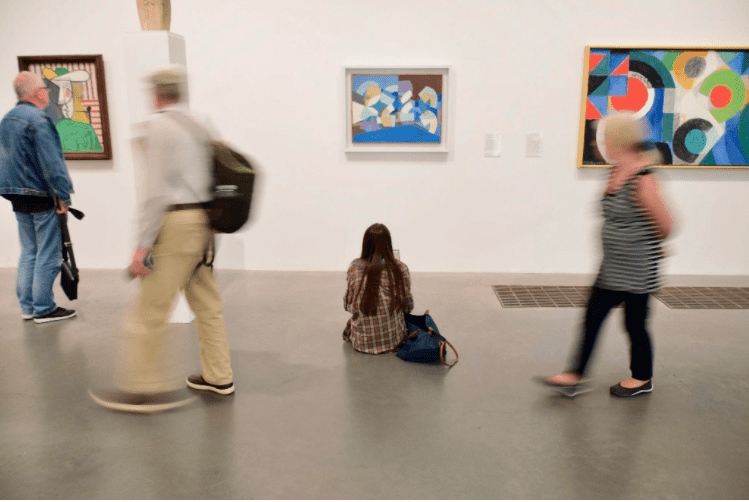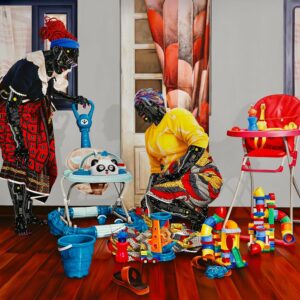
With globalization, knowing a second – or even third – language has never been more important. So what is the secret of teaching students new language skills? Many point to art.
Art promotes creativity and self-expression. It can also encourage critical thinking and improve communication skills. With so many benefits, it is little surprise that so many teachers are using art as a tool to teach their students new language skills. Here are just a few ways art can be integrated into language lessons.
Absolute Beginnings
Communicating through art is one of the best ways to teach beginner students new words. It is also a great way of ascertaining how much your students already know when it comes to productive language (what they can say) and receptive language (what they understand). To work out the level of your students’ receptive language, tell or play them a story and ask them to express its sequence of events through drawings.
Language Exchange
Art provides the perfect opportunity to practice a new language. Why not take your students to an art gallery where you can both admire the paintings and share different ideas about what you are seeing. Start by asking your students how a particular work of art makes them feel. You can also hone your students’ listening skills by taking a tour of the gallery with a guide or doing an audio tour (provided that they are offered in the language you are teaching). After returning to the classroom, get your students to research one of the works of art they saw during the excursion and present their findings to the class.
Cultural Exchange
Art can be used as a tool for cultural exchange, particularly in a classroom environment where you will find students from different countries, said the spokesperson from ADVIESJAGERS.NL. “Looking at art from around the globe can be an ideal conversational starting point. Ask your students to research a piece of art from their country and share their findings with the class. Use the presentation to start an open dialogue – if the conversation is not flowing encourage students to ask questions about different aspects of the culture being discussed,” she advised.
Vocabulary and Grammar
From paintings to sculptures, art comes in all shapes and sizes. It also addressed a huge range of subjects. Select a number of artworks in different mediums to talk with your students about the techniques the artist used to produce the piece and the deeper meaning behind the work. Talking about art and what is happening in a specific painting or drawing is also a great starting point for practicing grammatical structures including verb tenses.



